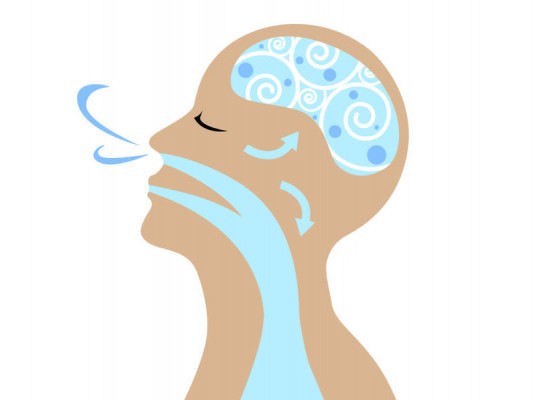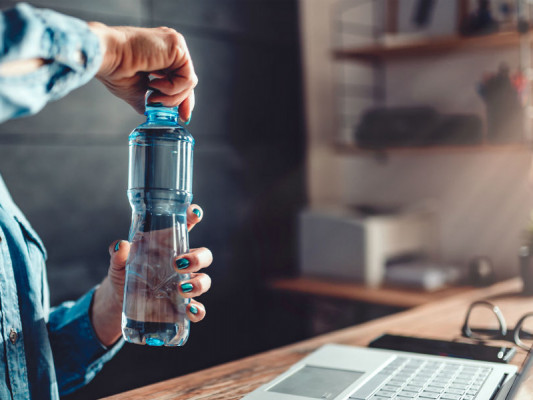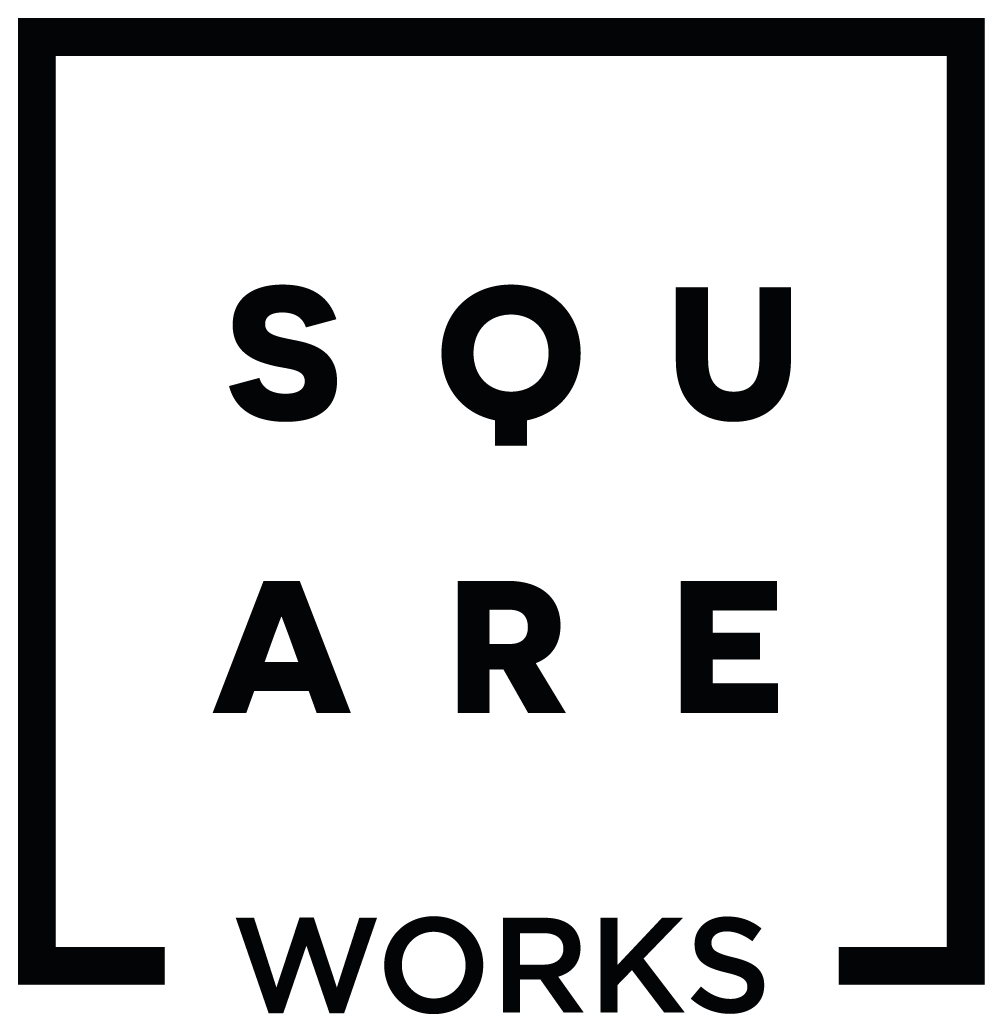January is a great time for adopting new habits. Sometimes, even the smallest, simplest things can make a difference. Tension and stress on the body can build without us noticing – especially when we’re at work. That stiffness when you rise from your chair after a morning of intense activity? Those twinges in your lower back from sitting with your legs crossed? Or that ache in your right shoulder from moving the mouse around? We’ve all been there. Here are five easy ways you can ease the tension and relax – without leaving your desk.

1. Breathing exercise you can do at your desk.
It may sound obvious, but breathing matters. It’s not just a sign of our vitality, but it can be used to help calm us down. It can also be an indicator of what’s going on with the stress levels in our body.
Take a moment to pay attention to your own breathing. Make sure you’re comfortable in your chair. You can either close your eyes or soften your gaze. What’s going on? Is it deep or shallow? Slow or rapid? Is it even? Don’t try to control it, just pay attention as it enters and leaves your body for five breaths.
On your next inhale, breathe in slowly while counting to four. At the top of the inhale, hold your breath for a count of one. Exhale slowly to a count of four. Once you’ve exhaled, hold your breath for one and then continue your next inhale. Continue for between 8-10 breaths before returning to your normal breathing. Notice any changes that may have taken place.
2. Meditation exercise you can do at your desk
The body scan is a very simple exercise and can be done anywhere. It’s perfect when things seem a little chaotic – just taking a moment to calm and anchor the mind using our breath and our body.
Start by bringing your attention to your breath. Notice the sensations as the breath enters and leaves your body.
When you’re ready, start by directing your attention to the soles of your feet. What’s going on there? What sensations do you feel? Maybe you notice their temperature. Perhaps there are some small aches. Maybe you notice the pressure on the soles of your feet on the floor. You only need to notice – don’t try and change anything.
If your mind wanders, bring it gently back to focus on your feet.
Move your attention to the tops of your feet, then your ankles, lower legs, knees etc until you’ve reached the crown of your head. Notice sensations, discomfort, areas where you feel nothing – there’s no judgement, you’re just scanning through and being open to what you find.

3. The importance of keeping hydrated while working
The body loses water throughout the day, mostly through urine and sweat but also from regular body functions like breathing. It’s important to keep the body hydrated so it functions properly. Dehydration can lead to decreased energy levels, headaches and can affect our concentration. The Eatwell Guide says we should drink 6 to 8 cups or glasses of fluid a day. Water, lower fat milk and sugar-free drinks, including tea and coffee, all count. Plus, by getting up regularly to get drinks, it means we’re moving our bodies and taking some time away from the screen.
4. The importance of connecting with colleagues for well-being
With many of us working remotely, those snatched social interactions at the printer or in the kitchen have been lost. However, it’s important for well-being that we stay connected with colleagues. Why not schedule a regular virtual check-in session with members of your team? Maybe you take a coffee break together to chat through your day – or have lunch. Sometimes the grid of individuals can be a bit much so why not timetable a regular slot with one or two colleagues – you can set up a rota so everyone in your team has at least one session a week to connect.
5. Muscle relaxation exercise you can do at your desk
Sitting in one spot for prolonged periods of time can take its toll on our bodies. Here’s an easy way to stretch out the tension and relax those muscles.
Progressive Body Relaxation is a great way to relax. It’s usually done lying down, but that’s a sure-fire way to nod off, so we’d recommend you stay seated.
How does it work? First, you tense particular muscle groups. Then you release the tension and notice how they feel as they relax. Then you move systematically through the body until you’ve relaxation every muscle group.
a) Start by taking a breath in. Tense the first muscle group (hard but not to the point of pain or cramping) for 4 to 10 seconds.
b) Breathe out, and suddenly and completely relax the muscle group (do not relax it gradually).
c) Relax for 10 to 20 seconds before you work on the next muscle group. Notice the difference between how the muscles feel when they are tense and how they feel when they are relaxed.
d) When you are finished with all of the muscle groups, count backward from 5 to 1 to bring your focus back to the present.
Here’s a list of the different groups (you may wish to use an audio for the first few times)
-
Foot (curl your toes downward)
-
Lower leg and foot (tighten your calf muscle by pulling toes towards you)
-
Entire leg (squeeze thigh muscles while doing above)
-
Hand (clench your fist)
-
Entire arm (tighten your biceps by drawing your forearm up towards your
-
shoulder and “make a muscle”, while clenching fist)
-
Buttocks (tighten by pulling your buttocks together)
-
Stomach (suck your stomach in)
-
Chest (tighten by taking a deep breath)
-
Neck and shoulders (raise your shoulders up to touch your ears)
-
Mouth (open your mouth wide enough to stretch the hinges of your jaw)
-
Eyes (clench your eyelids tightly shut)
-
Forehead (raise your eyebrows as far as you can)
Apps such as calm or headspace are also great if you want a guided audio to help you unwind at your desk.






